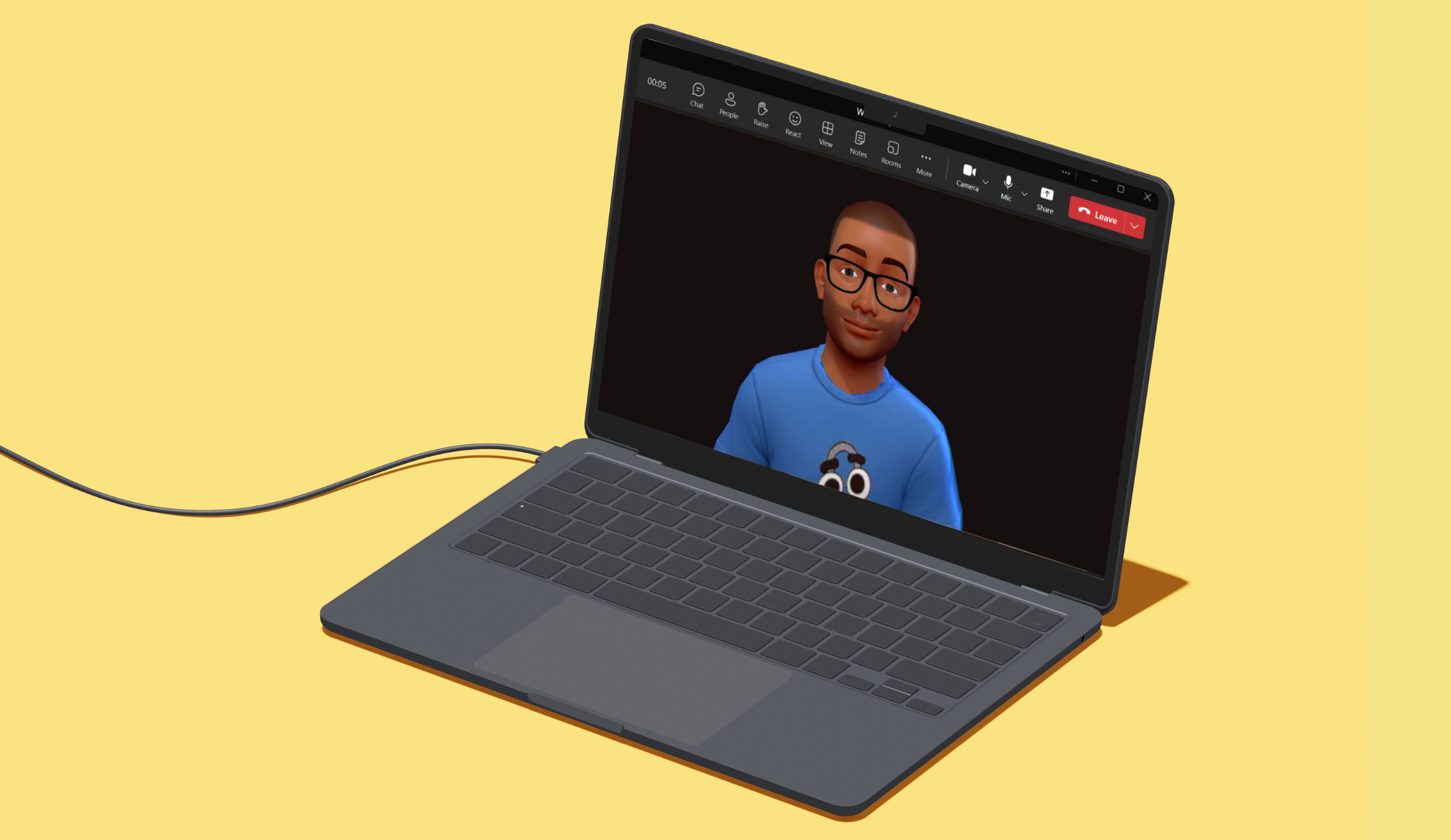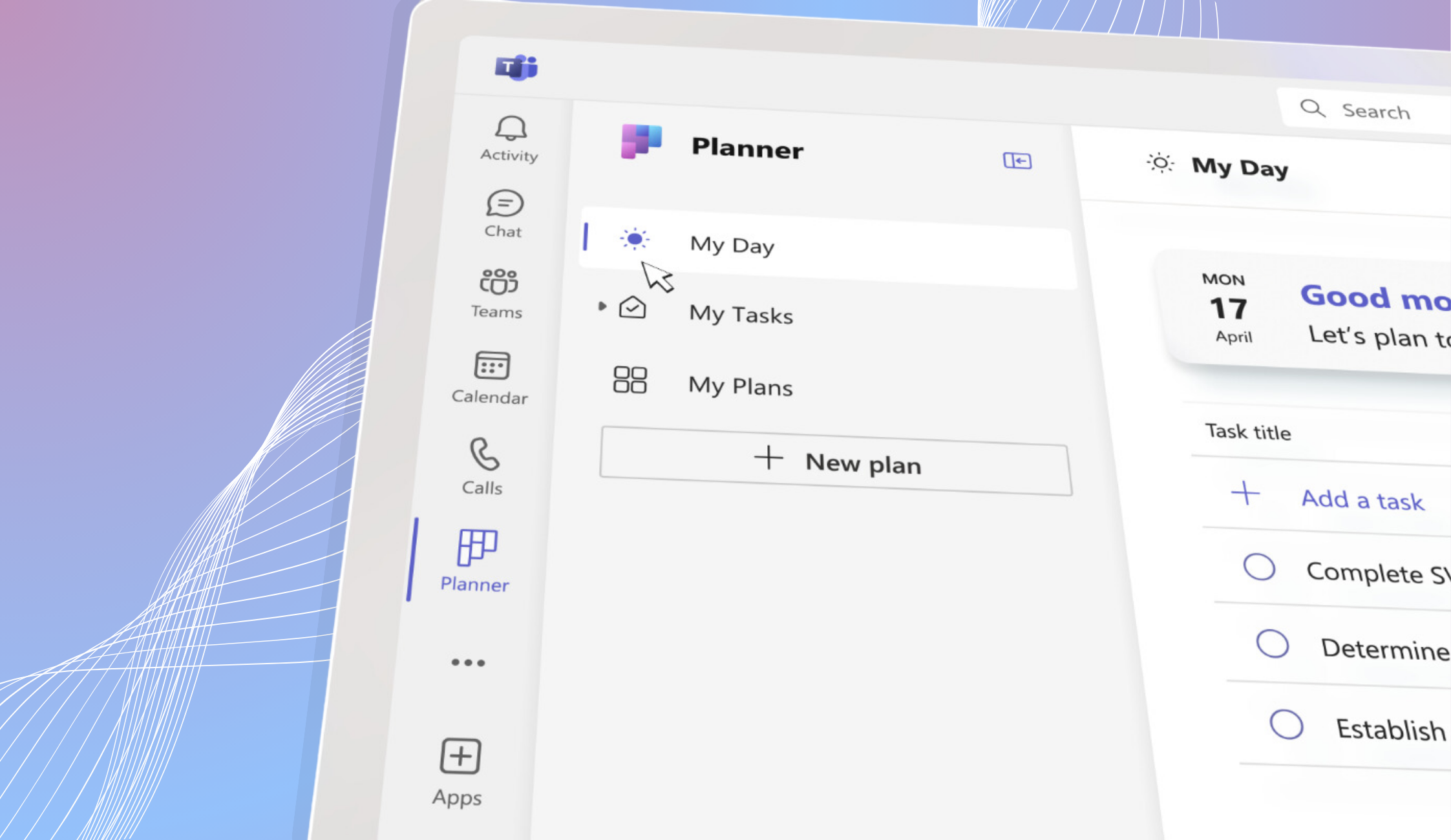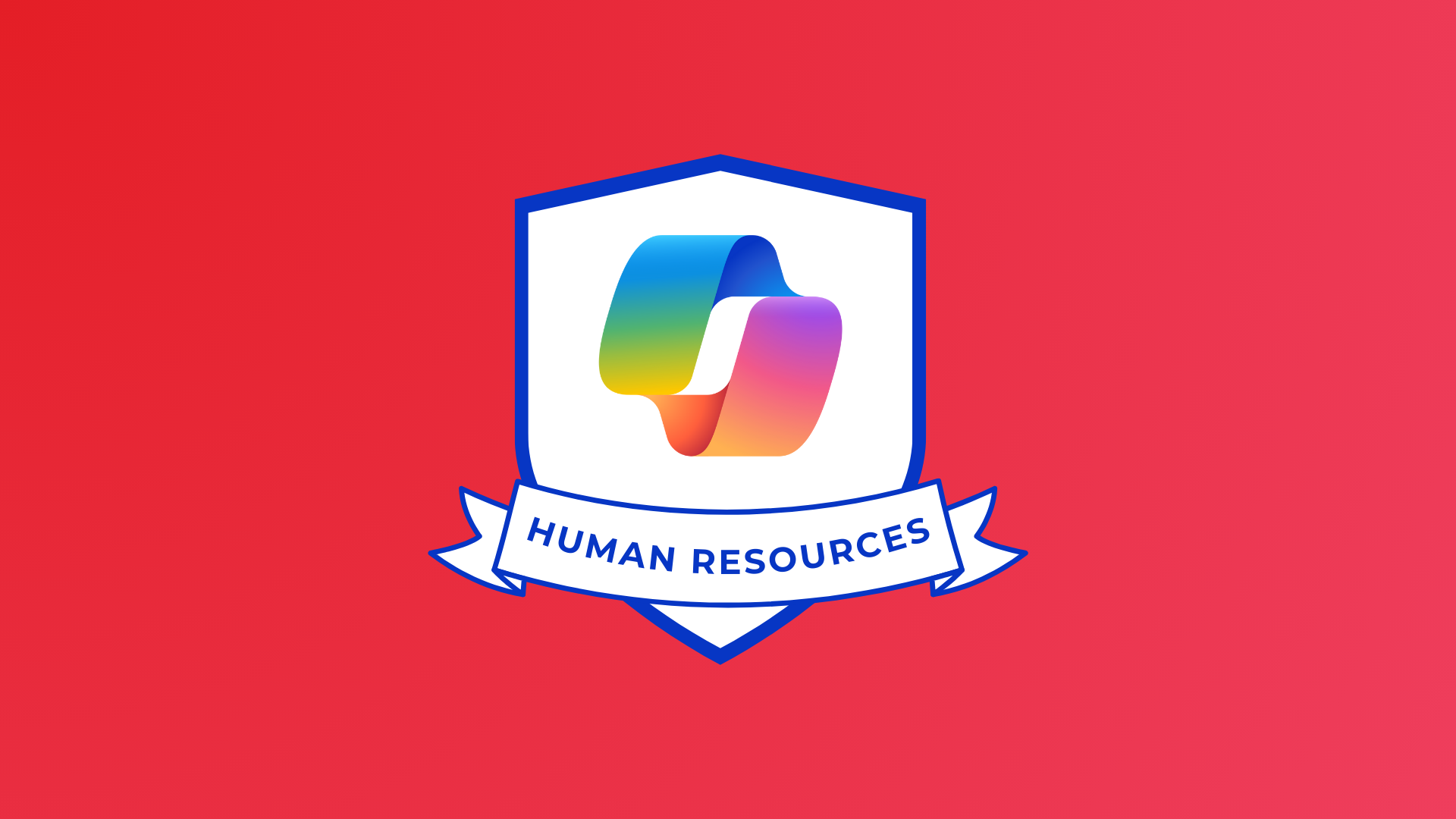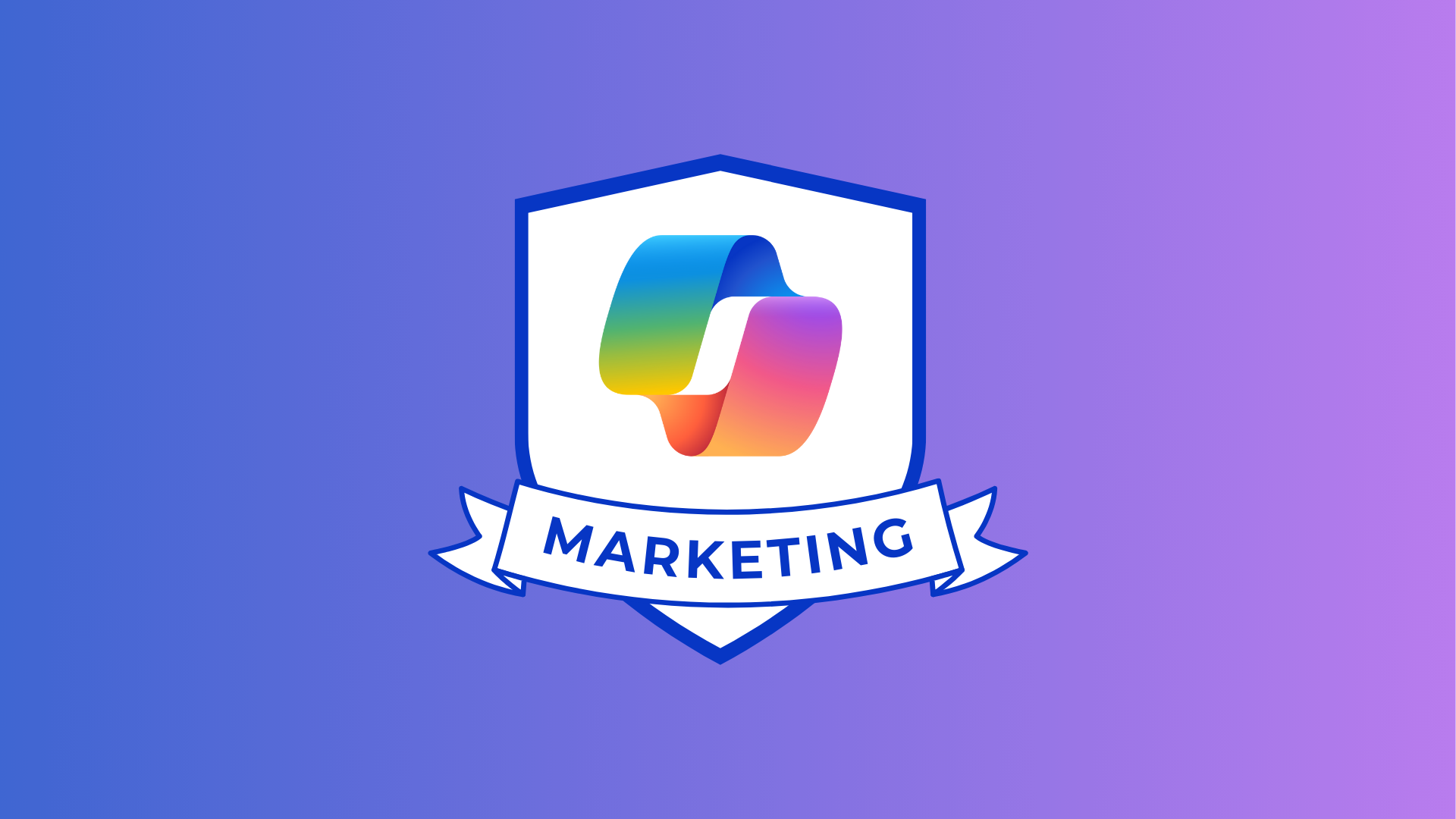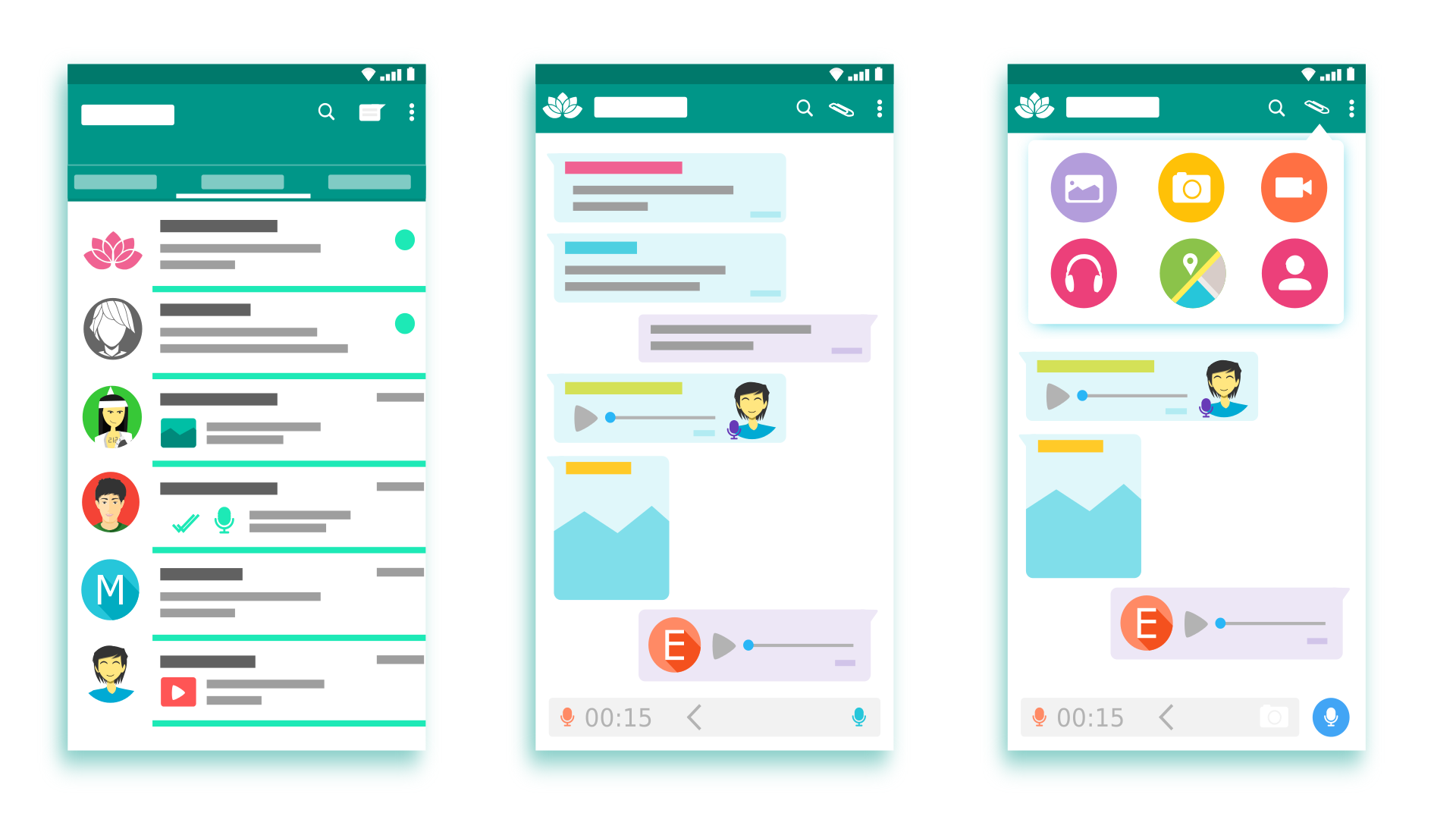
The face of the ‘traditional’ workplace has changed dramatically over the past 16 months as businesses try to grasp what the workplace of the future will look like.
But the pandemic hasn’t been the only catalyst for organisations to review the nature of their workforce.
The automation and AI revolution is raising increasingly interesting questions about the role of technology in the workplace. How will it impact us?
In this blog, we’ll delve further into:
- The difference between automation and AI
- How automation and AI are changing the face of the workforce
- How to get started with automation and AI
The difference between automation and AI
Even though the terms automation and AI are used interchangeably, they are in fact different.
If you’ve read any of our previous blogs in this series (link to blogs), then you’ll know that automation refers to a repetitive process or task that is completed without human interaction. It relies on a trigger to prompt an action. For example, when you book a table at a restaurant and you receive an email confirmation, that’s automation.
Automation is everywhere and the trend for automating business processes is rapidly increasing as organisations realise not only the environmental benefits, but the benefits to the bottom-line.
Automating time-consuming paper-based processes can speed up mundane, manual tasks, increasing productivity and giving employees the opportunity to work on more high-value tasks.
AI or artificial intelligence is different. The dictionary describes AI as ‘a type of computer technology which is concerned with making machines work in an intelligent way, similar to the way that the human mind works.’
This could be speech recognition, visual perception, decision-making which requires learnings from past experience and self-correction to reach a certain conclusion. For example, face detection and recognition technology or chat bots who use machine learning to improve their responses over time.
Whereas automation is machine programmed to carry out a routine job or repetitive task based on commands and rules, AI is based on past learning and information it receives and is for non-repetitive tasks.
AI involves learning and evolving whereas automation is static and doesn’t require any learning.
How AI and automation are changing the face of the workplace
There’s no doubt that automation and AI have improved the way businesses operate and how customers are served, and they have freed up time to enable people to work on more value-adding customer service tasks.
And as the technology advances, no doubt the uptake will increase as businesses see the huge benefits that machine learning and robotic processes bring.
As well as the technological aspects, businesses also need to look at the cultural changes that automation and AI create. Currently, 35% of UK employees feel their jobs might be threatened by AI.
Organisations need to look at ways to accurately present automation to their workforce as a huge opportunity. It means changing people’s mindset so they see it as an opportunity to work with machines, not against them.
We’ve looked in great detail (link to previous blog on automation) at the positive impacts of automation on productivity and engagement from employees as they’ve had the chance to focus on more exciting and enjoyable tasks, leaving the repetitive, mundane tasks to the machines.
An executive briefing by McKinsey talks in great detail about the effects that AI and automation will have on the workplace. There will most definitely be some big changes for organisations and society in general.
McKinsey estimates that some occupations could see significant declines but also that there will be a growth in demand for work in other sectors. There’s no doubt that workers will need to learn new skill sets to thrive in the workplace of the future.
The potential for economic growth is a huge benefit that comes with the progress in AI and automation as well as advances in healthcare, transport and travel, media entertainment, finance and so much more. We are on the cusp of some amazing breakthroughs in technology (we’ve seen so many already) and adopting and embracing AI and automation will certainly help business to progress in the future.
But where to start?
It can seem a daunting task to introduce automation into your business. But it doesn’t need to be. Here are a few top tips to help you on your way:
Take your people on the journey with you
Change can be hard for people and with the added scepticism of “will this replace my role?”, you need to make sure you have people on board. Explain the why, the what and the how. Make sure they understand that automation will be replacing the tedious parts of their role, freeing them up to do the more exciting tasks.
Use your staff’s knowledge to get insight on which part of your process needs improvement
Your people do these tasks on a daily basis and know the processes inside out. Get them involved from the start to understand what parts of the processes could be automated.
Involving them from the start also improves the chances of adoption as they feel like they’ve been part of the solution.
Aim to eradicate the mundane tasks through automation
The aim of automation is to make life easier and focus efforts on being more productive. Evaluate the repetitive processes that you do and ask yourself if these could be done through automation.
Saving time and effort is the goal here. It’s a win-win for both the business and your people if you can get them working on the higher-value tasks. Happier employees, happier bottom-line.
Look at low-cost solutions to start your automation journey and prove the concept
For a company looking at automation for the first time, it can seem quite daunting. There are some cost-effective and clever solutions like Microsoft’s Power Automate where you can start your automation journey, however big or small.
Changing Social specialise in automation and have a wealth of expertise across various industries. We make it our mission to understand your processes and what it is you’re trying to achieve. We’ll work with you from planning right through the delivery, ensuring the new processes are welcomed and adopted by your people.
How we can help
Changing Social has recently launched our Please Use Less Paper (PULP) challenge. The competition is an opportunity for businesses to say goodbye to tedious, time-consuming, inefficient paper-based processes and hello to productive and effective automation.
All you have to do is send in your paper-based approval process and for a chance to win a free tailored Power Automate training for you and your organisation.
We’ve helped some of the largest brands on the planet to change the way they work and solve some really challenging business problems using the Microsoft Power Platform.
You can read more about the competition, and enter below or simply ask us a question!
Do you want to embrace automation and AI and set your business up as a workplace of the future? Do you want streamlines, productive processes? Then get in touch. With years of expertise and experience, we provide tailored automation solutions to your business problems. Contact us at [email protected] for a chat.
Share
Related Posts
Our most recent articles
11 April 2024
04 April 2024
21 March 2024


